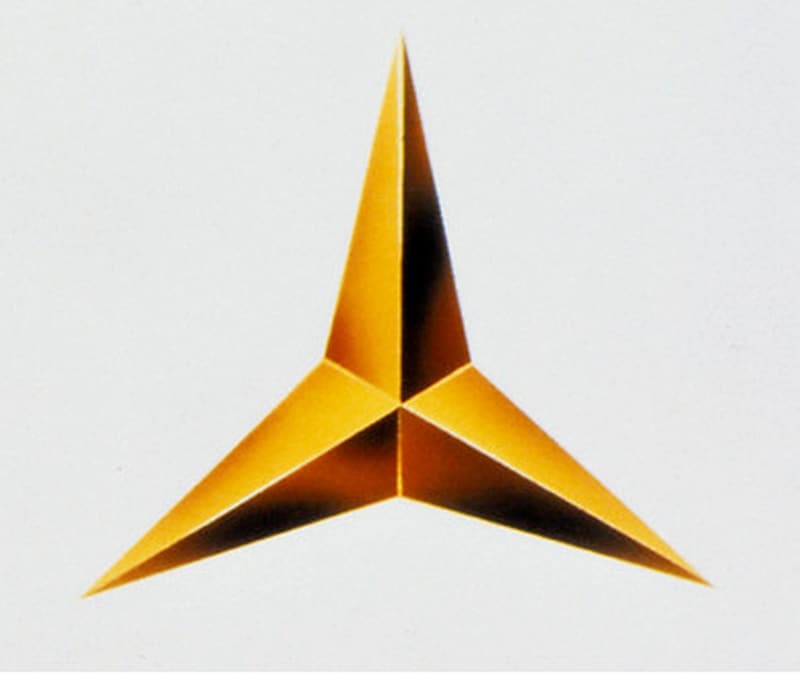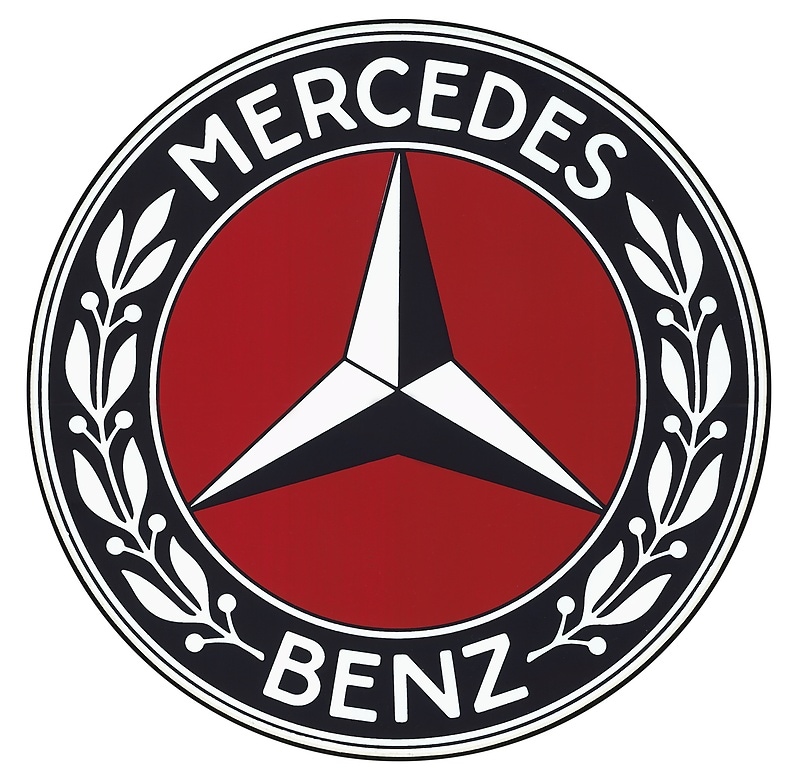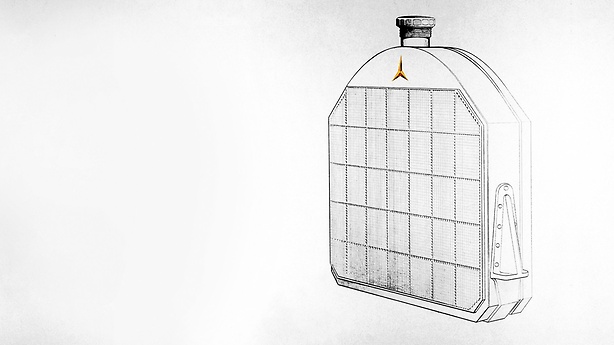In 1925, the current versions of the star and laurel wreath were combined to create the new signet for the Mercedes-Benz brand. The applications to register the logo and the word mark "Mercedes-Benz" as trademarks, on 18 February and 25 April 1925 respectively, pre-empted the merger between the two brands in 1926. The two trademarks were entered on the Register of Trademarks for the new company Daimler-Benz AG on 3 September 1926 and 7 October 1927.
The outline of the new symbol picked up on the circular form of the two previous trademarks, with the central Mercedes star remaining the prominent feature. The accompanying "Mercedes" lettering moved from the lower edge of the ring to the top, with the word "Benz" appearing in its place. The two laurel branches from the Mannheim brand's trademark replaced the small Mercedes stars. The branches have their roots right next to the letters "B" and "Z", while the tips stretch out to the "M" and "S" in the name of the new sister brand.
This design of 1926 gave rise to a complex trademark that reflected the claims made about their products by the two carmakers and also alluded to some of the history behind the company and the brand. In 1933, Mercedes-Benz then registered a streamlined form of the emblem comprising a slim, black circlet in which the black silhouette of the Mercedes star could be seen.
,xPosition=0,yPosition=0.5)




,xPosition=1.0,yPosition=0)